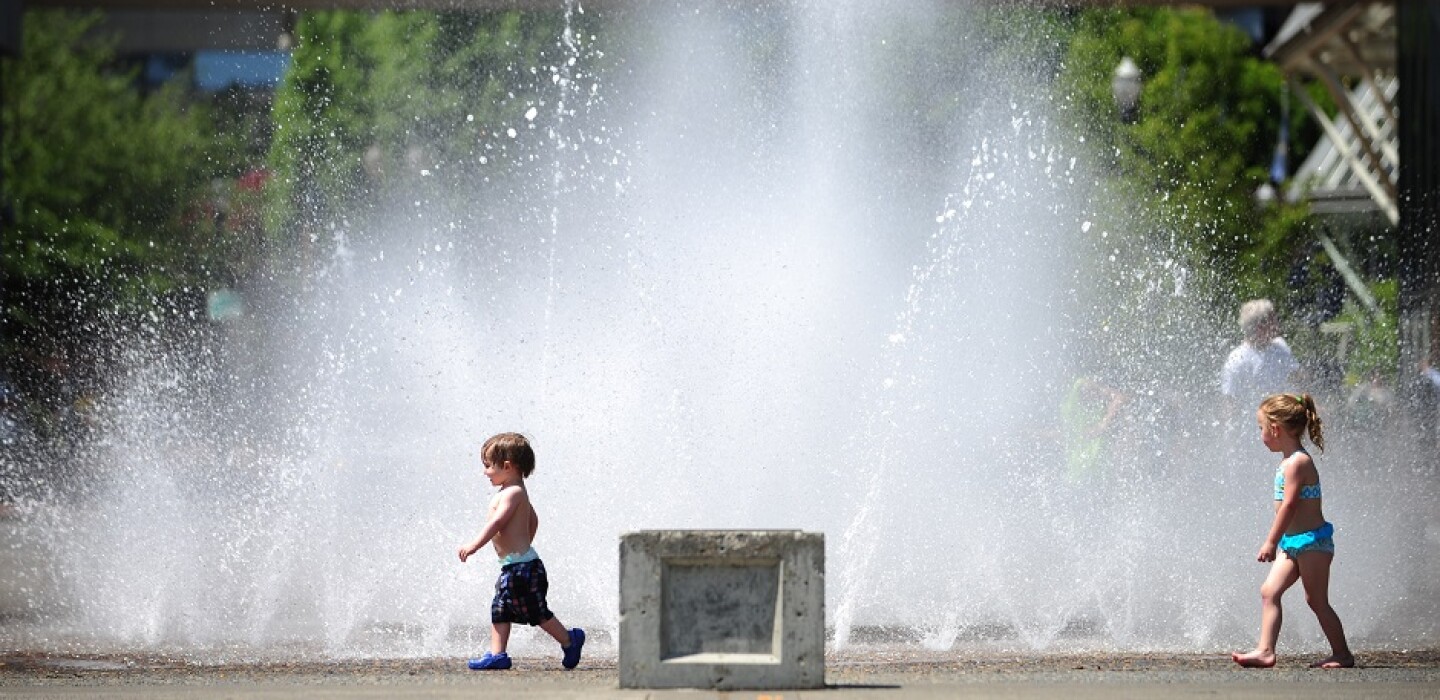
What You Need to Know as Seattle Sizzles
(TNS) – When scorching temperatures hit the Seattle area, it’s important to know the signs of heat illness and take precautions to stay safe.
Here are some ways you can take care of yourself and your pets during the heat:
Stay hydrated
It’s important to stay hydrated as your body tries to keep you cool by sweating. Drink any water-based liquids, including sports drinks or juices. Caffeine should be consumed in moderation, while alcohol should be avoided, as it will lead to further dehydration.
Children and seniors are less sensitive to thirst and can become dehydrated without realizing it. Be sure to check on them.
Stay cool
Avoid spending extended periods of time outside, if possible, or seek breaks in the shade.
If you don’t have air conditioning, turn to cooler places. Public sites where you can cool off include library branches, wading pools, spray parks and swimming beaches.
Wear loose, airy clothing in light colors, and cool down your body and skin by getting your clothes wet with cold water or a cloth.
Know the symptoms of heat illness
Washington state’s Emergency Management Division has issued tips on recognizing the difference between heat exhaustion and heatstroke.
Signs of heat exhaustion include feeling faint or dizzy, excessive sweating, cool and clammy skin, nausea, a rapid weak pulse and muscle cramps. The department recommends treating heat exhaustion by moving to a cooler, air-conditioned place, drinking water and taking a cold shower or using a cold compress.
If untreated, heat exhaustion can develop into heatstroke. Officials recommend seeking immediate medical attention by calling 911, moving to a cooler place and use cool cloths or a bath to cool down. Symptoms include a body temperature above 103 degrees, throbbing headache, confusion, lack of sweating, hot dry skin, nausea or vomiting, a rapid strong pulse and a loss of consciousness.
The likelihood of heatstroke increases as temperatures and humidity increase. Normally, sweat cools the body by evaporating, but high levels of moisture in the air can prevent sweat from doing that.
Monitor your pets
Pets are also not immune to heat-related illness. Experts advise not to overexert your animals with exercise and to make sure your pets are staying hydrated. That can mean ice and water for dogs and fruits and vegetables for birds.
Experts also advise owners to pay attention to whether animals are tethered to spaces in direct sunlight. Walk pets in the morning or late evening hours or on grassy areas when the ground and asphalt is not as hot.
Signs of heat stroke include the following: excessive panting, dark or bright red tongue and gums, stupor, seizures, bloody diarrhea, vomiting and a body temperature of over 104 degrees.
Signs of burned or hurting feet from asphalt includes limping or refusing to walk, darkening of foot pads, raw, red or blistered foot pads and licking feet.
If a pet develops heat stroke, apply cold towels to the animal’s head, neck, groin and chest and contact a veterinarian.
___
2022 The Seattle Times, Distributed by Tribune Content Agency, LLC.


Average Rating